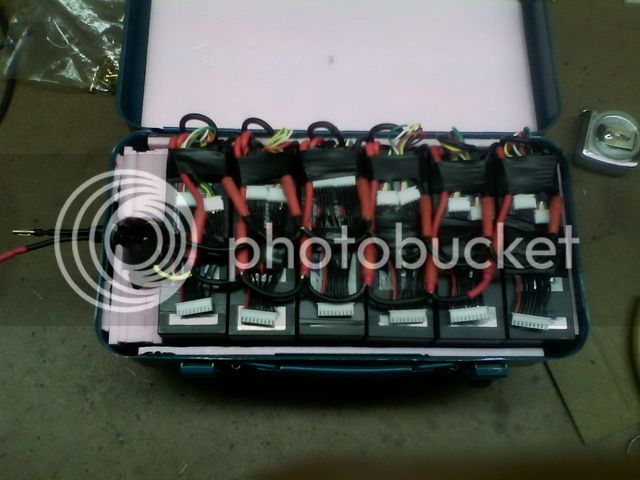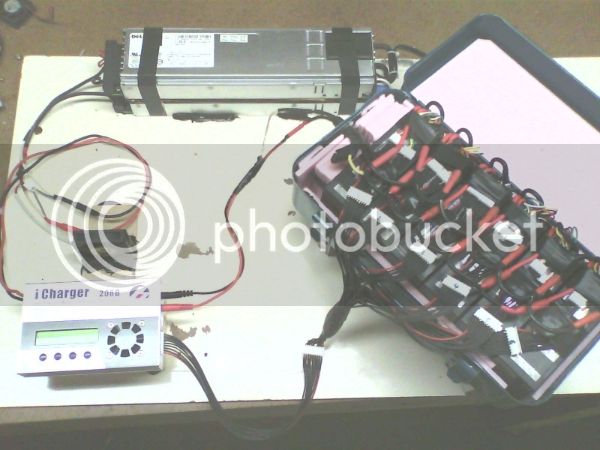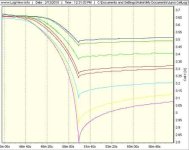An interesting observation:
With my battery at 3.80V, if I cruise at typical speed, voltage sag is to a moderate 3.73V (translated to cell level voltages)
However, with battery at 3.70V, if I cruise at typical speed, (additional throttle required), voltage sag drops to near 3.30V.
I say interesting because:
The voltage sag seems to cover a very similar area of current density!

This ... phenomena? ... would seem to indicate that any weaker cell, (or bank), would drop precipitously, at a possibly geometric rate.
So, if you insist on discharging deeply and you don't have LVC cell level BMS(?) protection, you should
get a cell level voltage monitor-alarm-cut off!
Personally, I prefer the idea of a slightly larger battery with more moderate charge and DOD voltages.
Safer, longer lasting and ... in the long run ... cheaper.
I leave enough safety margin and I do use the cheap bank level meter alarms.
So, I use no type of BMS and typically bulk charge ... with occasional balance charge.
I tend to set the alarm to a very generous 3.7V.
This allows me to limp home at reduced speed w/assist, while still not dropping below "my optimal" 3.70 static voltage.









